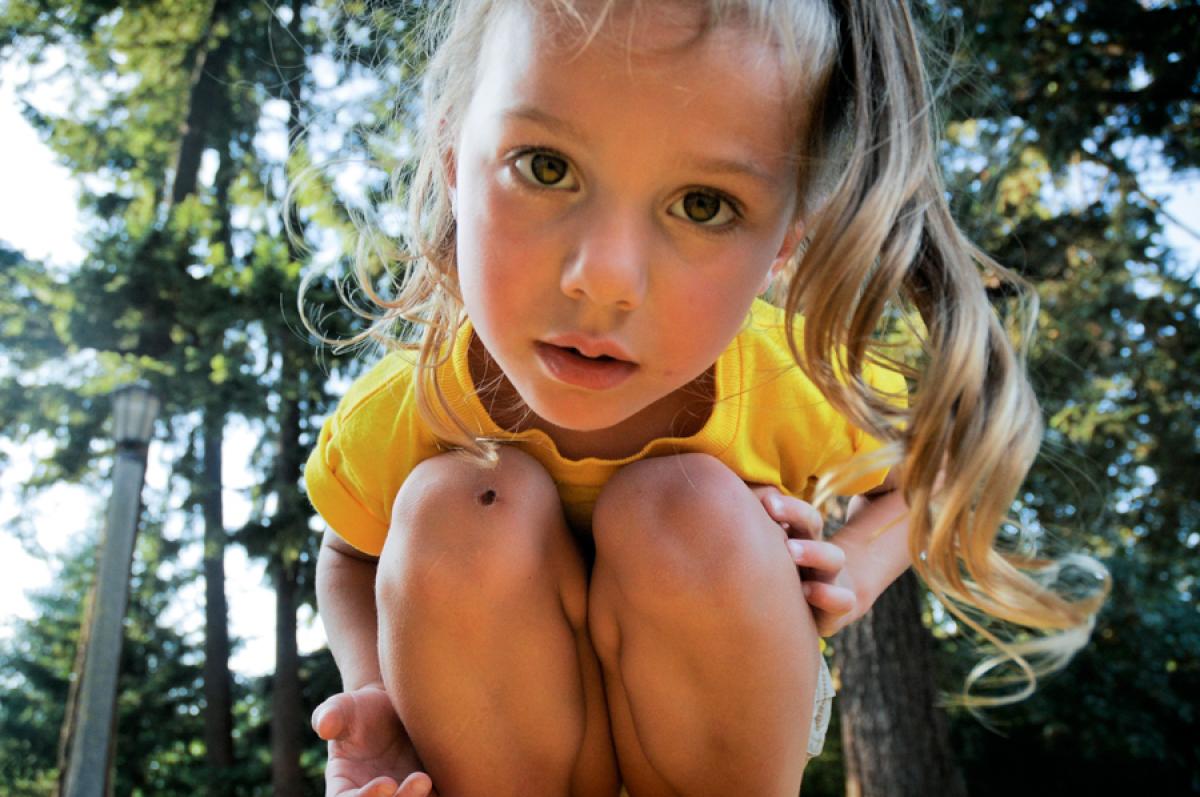Y: You know, Don, my wounds just aren't healing like they used to.
D: Your wounds, Yaël?
Y: Yeah. I get a paper cut, and it takes forever to go away. When I was a kid and fell off my bike, my scraped knee would have a scab in no time, and then my knee would be good as new before I knew it.
D: Well, don't take this the wrong way, but it's common knowledge that old -- er, older -- skin takes longer to heal than younger skin.
Y: I don't know if I should take offense at the "it's common knowledge part" or the "old" part of that sentence.
D: I like giving people options.
Y: In all seriousness, did you know that researchers now know exactly why it takes older skin longer to heal?
D: No, why?
Y: When our skin gets injured, the process of wound healing requires communication between the skin cells and immune cells nearby. In youthful skin, this process happens fairly quickly, but researchers have found that in older bodies, the communication between skin and immune cells is disrupted.
D: What are the skin cells saying to the immune cells?
Y: Basically, the skin cells produce a protein that tells the immune cells to stay where they are and help fill in the gap. Without that communication and help, the skin cells move much more slowly to do what they need to do. It might be possible to reverse the process, though. In experiments with mice, researchers found that adding a protein that immune cells produce after injury makes skin cells migrate to fill a wound more quickly.
D: Sounds good, but I'll just concentrate on not getting wounded for now.










